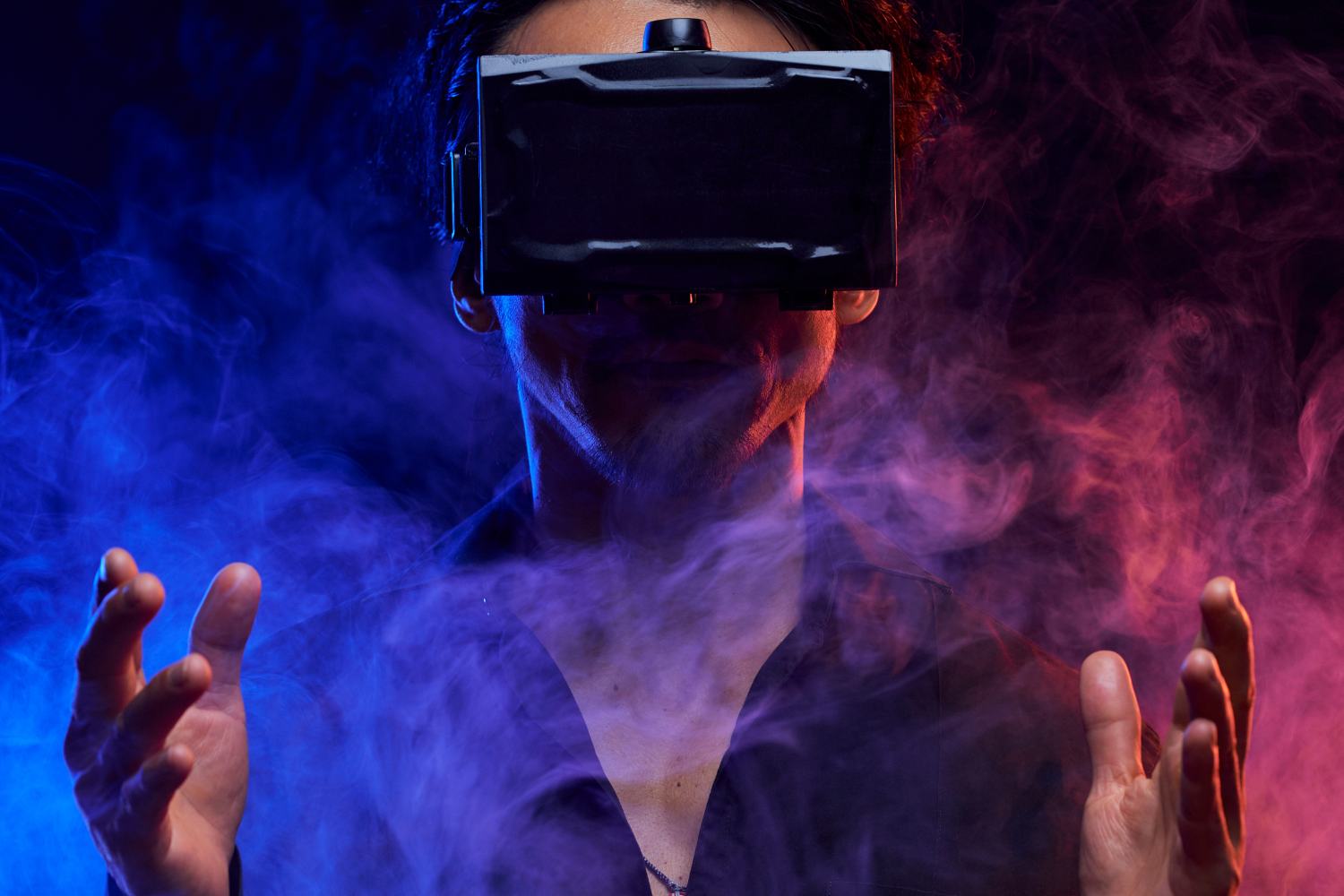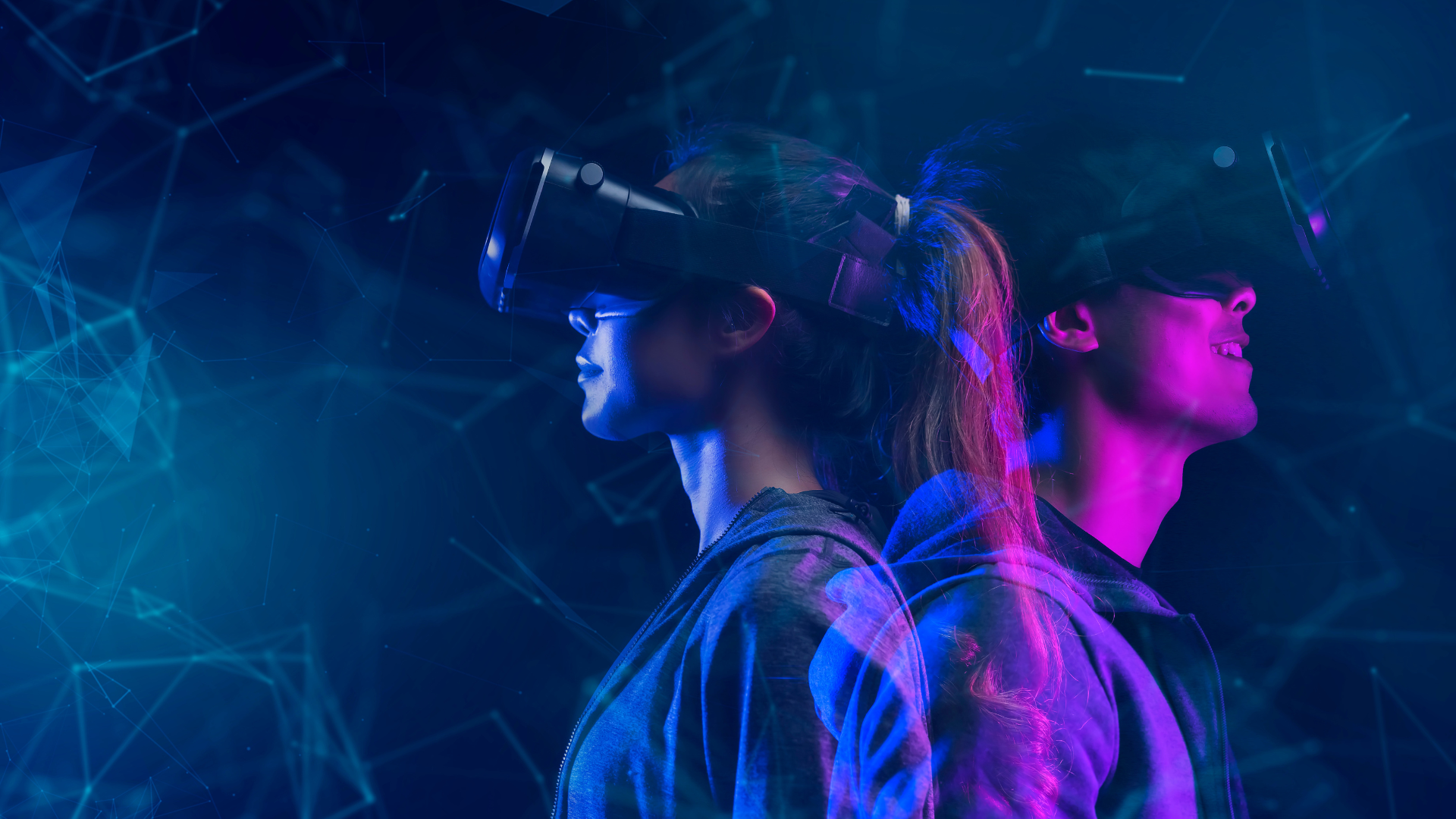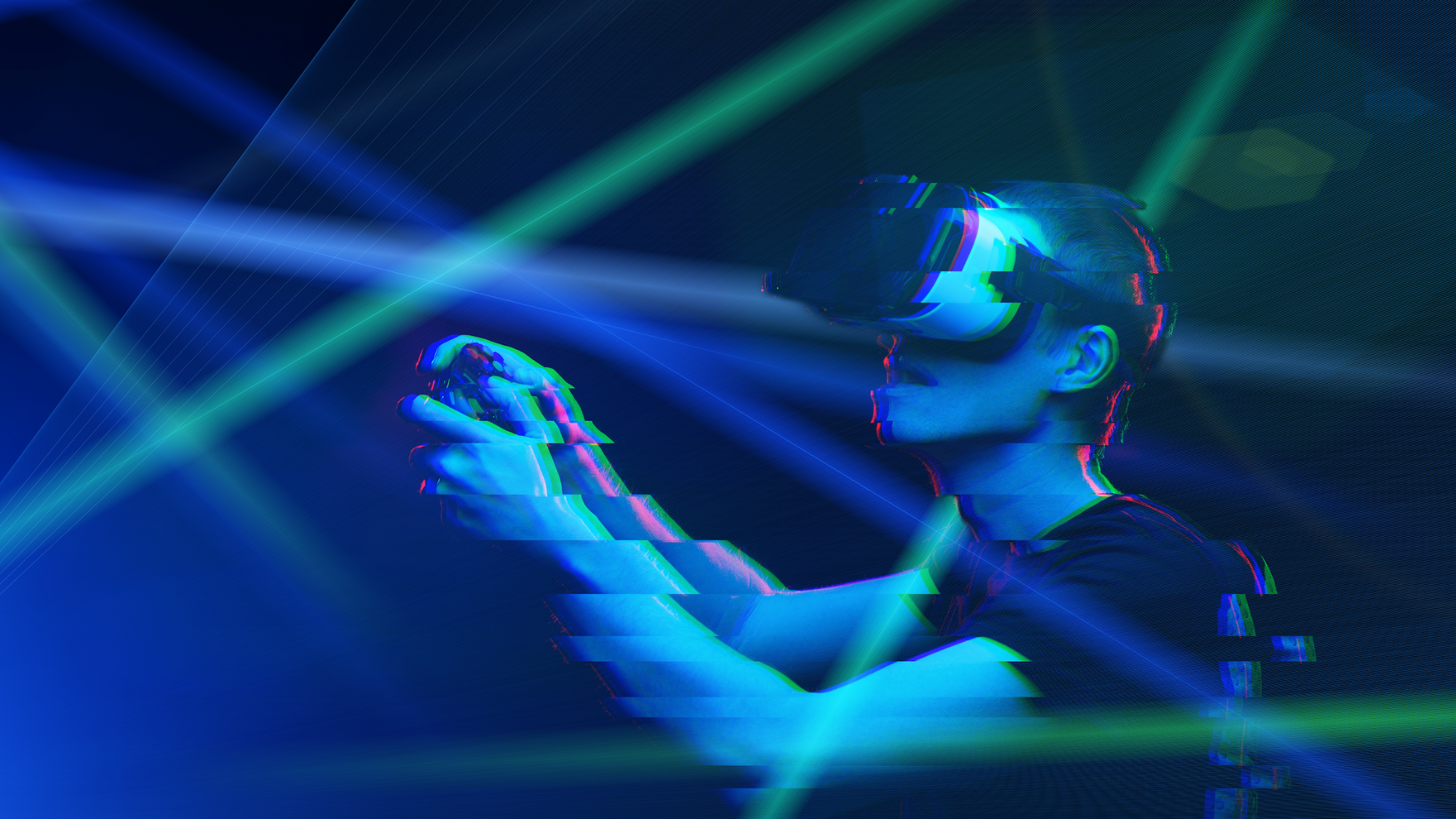In continuation of my blog series on Evaluating Immersive Technologies, today I present a look at the limitations of immersive scent generators, also known as olfactory technology or digital scent technology. If you have not yet read my previous posts, check them out here:
- A Beginner’s Guide to the Immersive World
- Part 1: Limitations of Virtual Reality
- Part 2: Limitations of Augmented Reality
- Part 3: Limitations of Mixed Reality
- Part 4: Limitations of Holography
- Part 5: Limitations of Volumetric Displays
What are Scent Generators?
Scent generators emit scents to enhance the immersive experience of various applications. Scent generators can be beneficial in gaming, entertainment, and marketing as they can create a more immersive and realistic experience. One of the main limitations is the availability and affordability of scents. Producing and storing scents can be expensive, and a limited selection of scents may be available, limiting the variety of smells that can be emitted.
Scent generators are often used in applications such as gaming, entertainment, and marketing. By adding scents that are related to the environment or activity being simulated, scent generators can provide a more complete and realistic experience.
How Do Immersive Scent Generators Work?
VR scent generators work by using a combination of hardware and software to create a scent-based virtual reality experience.
The hardware component of a VR scent generator typically includes a cartridge or module that contains different scent compounds or essential oils. These scents are released through the device’s nozzle or diffuser, which is controlled by the software component.
The software component of a VR scent generator works by synchronizing scent cues with visual and audio cues in the virtual reality environment. For example, if a user is exploring a virtual forest, the software may trigger the release of scents that are commonly associated with forests, such as pine or cedar.
To create a truly immersive scent experience, VR scent generators may also use spatial scent technology, which enables the device to release scents from specific locations in the virtual environment. This technology uses a combination of sensors and algorithms to determine the user’s position and orientation and then releases the corresponding scent from the appropriate location in the virtual environment. Additional sensory technology may also be included in devices, as shown in the FeelReal HMD below.
A Brief History of Immersive Scent Generators
Immersive scent generators are a fairly new technology, which has grown in tandem with the availability of VR technology. Since its introduction in the early 1990s, the University of California, San Diego, researchers have been continuing to explore this innovation.
In the early 2000s, a number of companies began experimenting with scent generators to create immersive experiences. One of the first was the company ScentAir, which developed scent generators for use in retail spaces to enhance the shopping experience. Other companies followed suit, using scent generators in theme parks, museums, and other attractions to create more immersive environments.
In the last decade, advances in scent generator technology have led to the development of more sophisticated systems that can produce a wider range of scents and deliver them more precisely. This has opened up new possibilities for using scent in immersive experiences, such as in gaming, virtual reality, and even in film and television.
Today, immersive scent generators are used in a wide range of settings, from theme parks and museums to healthcare and education. They are also becoming more accessible to consumers, with devices allowing users to create their own immersive scent experiences in the comfort of their own homes.
Limitations of Olfactory Technology
Cost: Scent generators can be expensive, and individual differences in odor perception can limit their effectiveness.
Sensitivity: People may have different sensitivities to certain smells, and some may find certain scents unpleasant or even nauseating. Therefore, the selection of scents must be carefully considered to ensure that the scent generator does not detract from the experience.
Complexity: Another limitation of scent generators is that they require a complex setup to synchronize the scent emission with the audio and visual components of the immersive experience. This can be challenging, especially when the experience is interactive and dynamic, and the scent generator needs to respond in real-time.
Cognitive Load: Scent generators can add a sensory dimension to immersive experiences, but they may also increase cognitive workload or a distraction by requiring users to process additional sensory information by the need to interpret and understand the meaning of specific scents or be able to overcome the scents in order to perform. For some people, smells can invoke more intense memories and training. For example, the smell of a diesel engine, animals, and certain crops can invoke a feeling of home for someone that grew up on the farm. While the same smells can invoke intense fear for someone that was bitten by an animal at the petting zoo as a child.
Practicality: If the application or environment being simulated does not involve significant scents or aromas, such as in a virtual office or online shopping experience, a scent generator may not be necessary or appropriate.
Benefits of Scent Generators
Authenticity: One of the most significant benefits of scent generators is that they can help create a more realistic and authentic experience. For example, in a virtual reality simulation of a forest, the scent generator can release the scent of pine or fresh grass to create a more immersive experience for the user.
Emotional Connection: This can help to create a deeper emotional connection between the user and the content they are experiencing, which can be highly effective in fields such as marketing, training, and entertainment.
Industries Utilizing Scent Generators
Marketing: Scent generators can be used to create a more engaging and memorable experience for customers. For example, a fragrance company could use a scent generator to allow customers to experience their products in a more immersive way, enhancing their connection with the brand and potentially leading to increased sales.
Entertainment: Scent generators can be used to create more immersive experiences for moviegoers or theme park visitors, enhancing their overall experience and creating a more memorable and enjoyable experience.
Training and Education: For example, in medical training, scent generators can be used to simulate the smells associated with different medical conditions, helping trainees to better understand the symptoms and develop the necessary skills to diagnose and treat these conditions.
Are Scent Generators in Your Company’s Future?
Overall, scent generators have the potential to significantly enhance the user experience in a variety of industries, from marketing and entertainment to training and education. By creating a more immersive and realistic experience, scent generators can help to create a deeper emotional connection between the user and the content they are experiencing, leading to better outcomes and increased engagement.
When implementing any of these technologies, it’s important to always include a human factors engineer with expertise in cognitive analysis and ergonomics of the technology being implemented. Contact us to learn more about immersive enterprise solutions and how the future of technology can create measurable results in your team’s performance.
Stay tuned for the next post where I will explore the limitations of 3D audio and follow me on LinkedIn.





